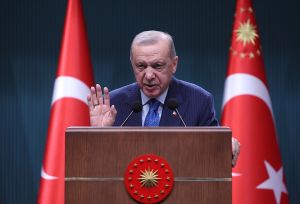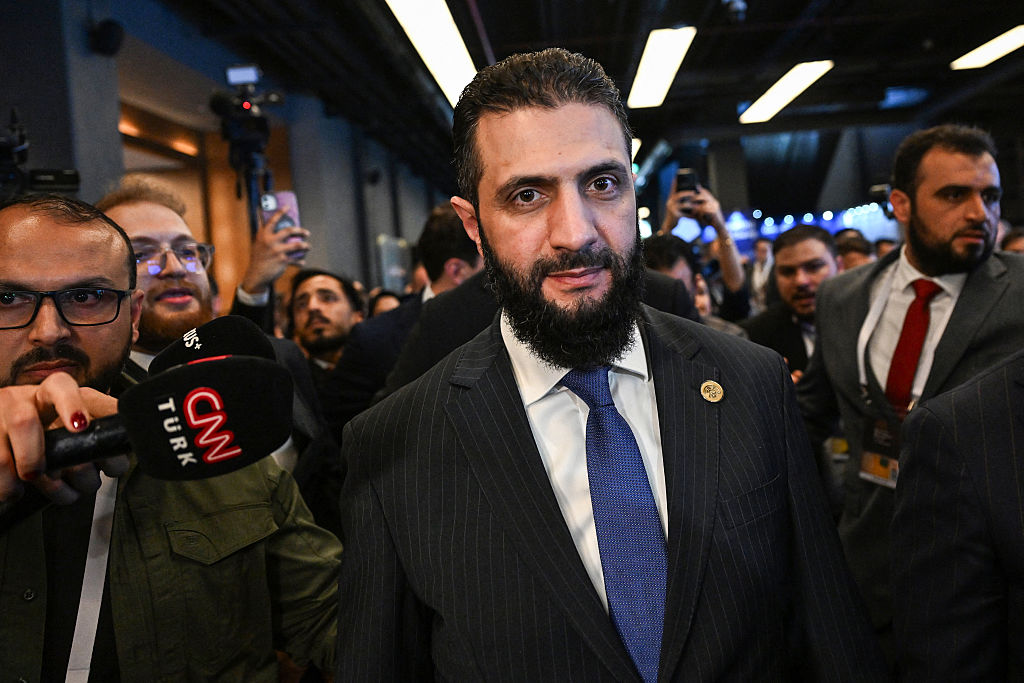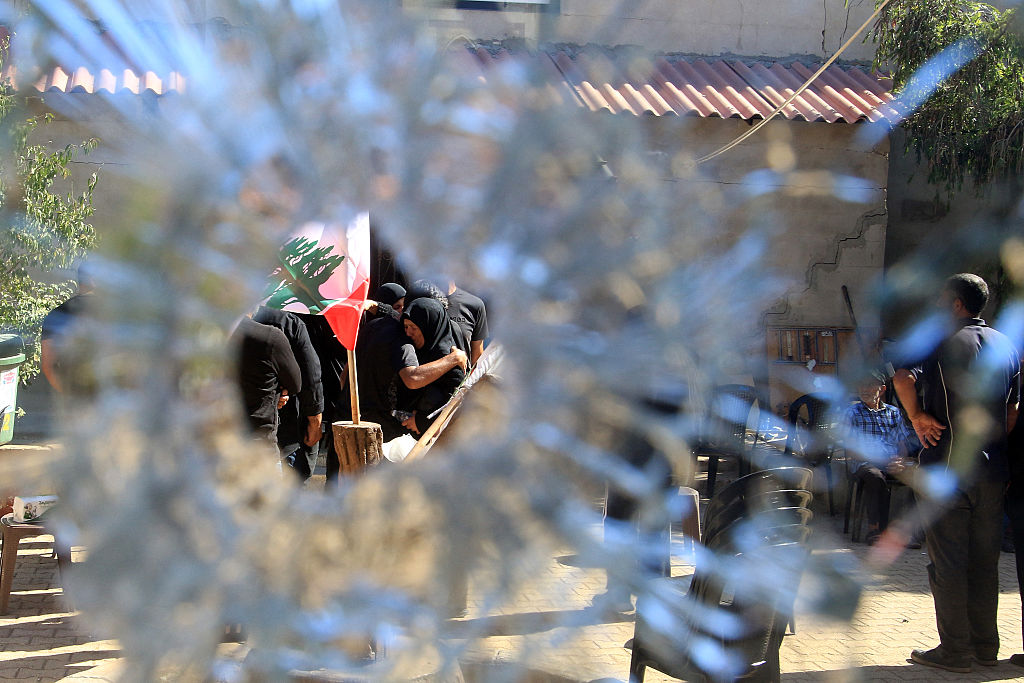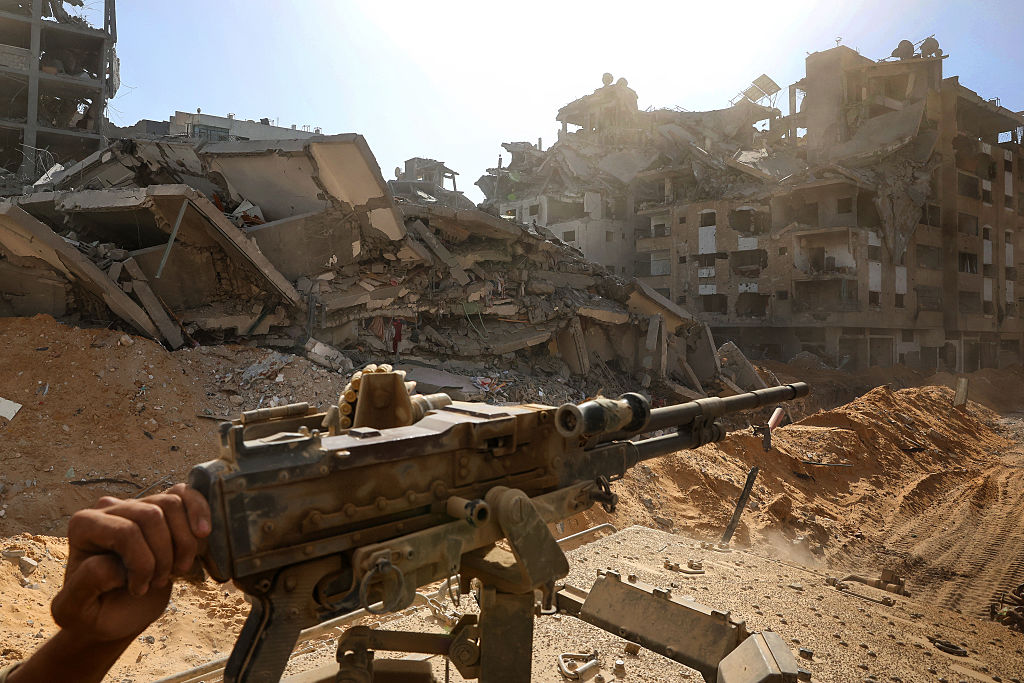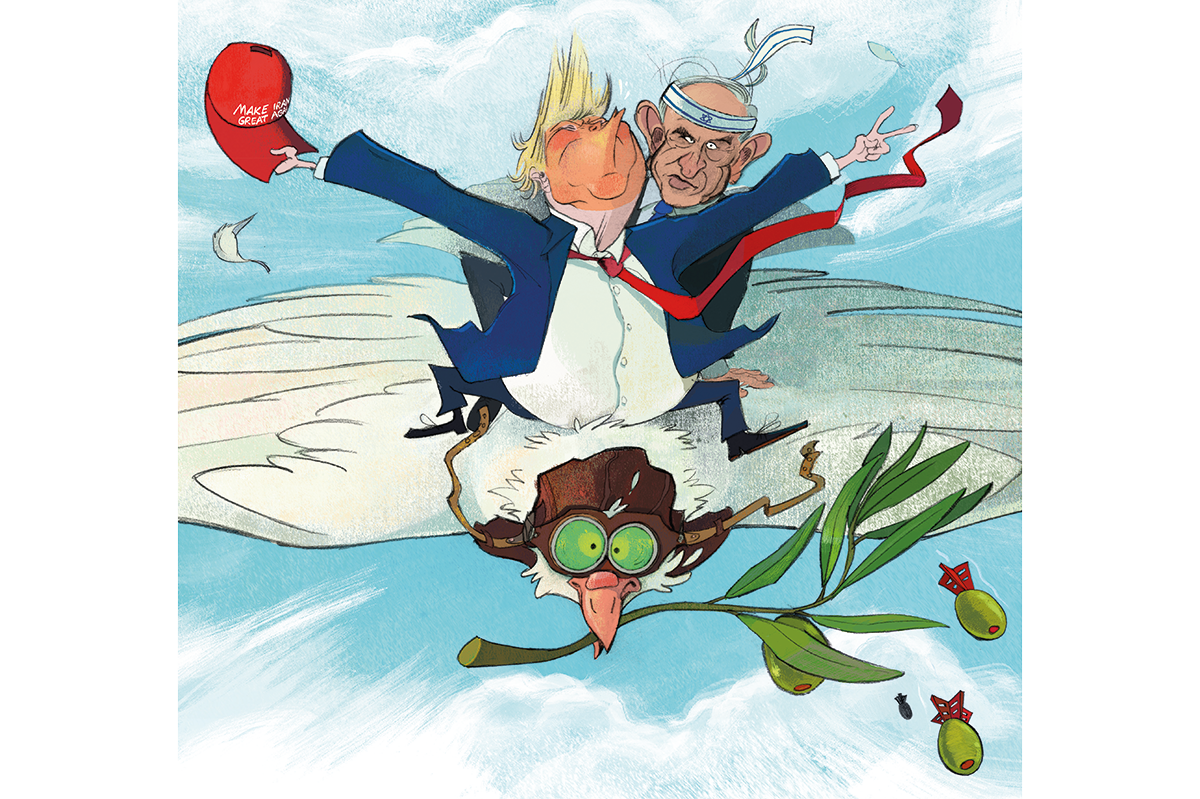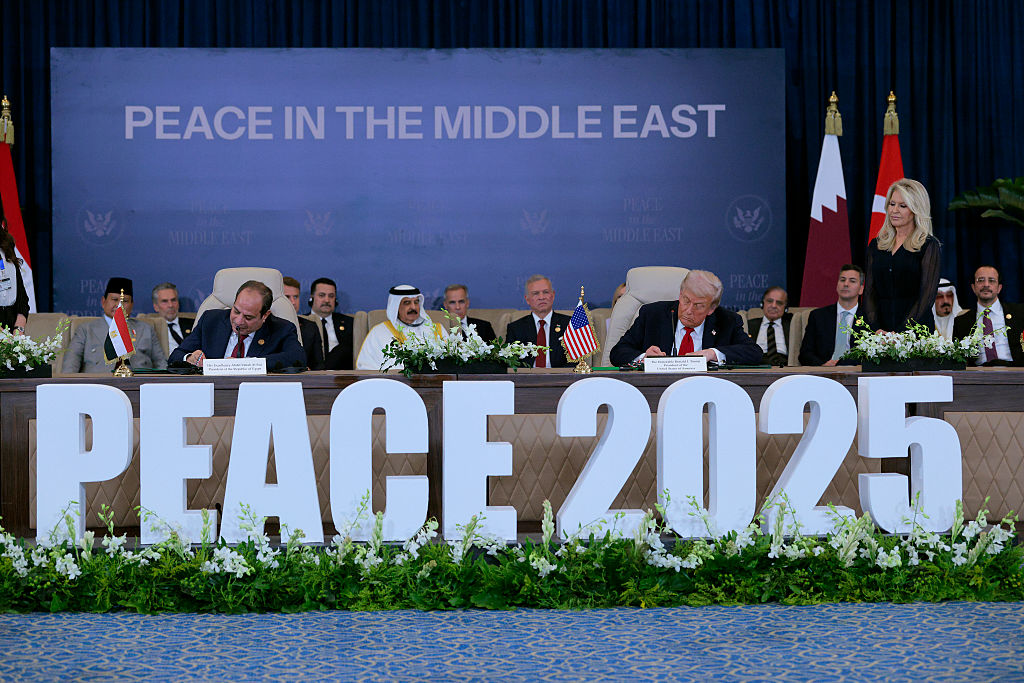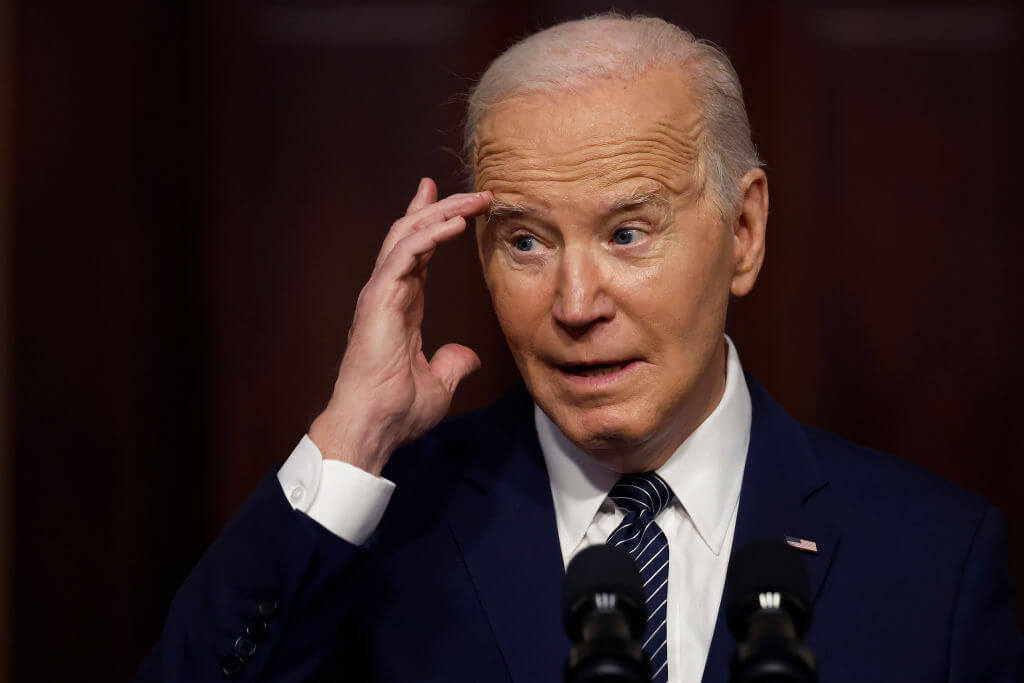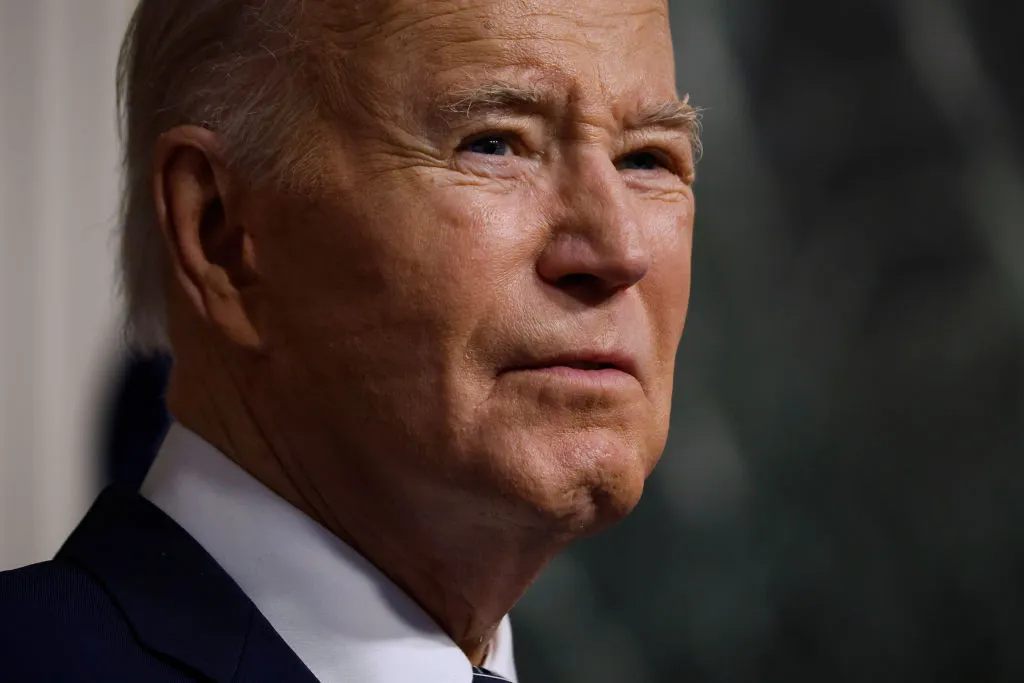Syria’s new president, Ahmed al-Sharaa, is desperate to stay on the sidelines of the Iran-Israel war. Most Middle Eastern states have strongly condemned Israel for its surprise attack on Iran, but the Syrian government has been conspicuously silent. Since coming to power in December 2024, al-Sharaa’s forces have confronted Iran-backed militias in many regions of Syria and moved to curtail Tehran’s soft power by expelling Iranian clerics and closing Shia religious centers. The rag-tag collection of Sunni-Islamists who now form a large part of the Syrian army have a long list of scores to settle with the Shiites and their main patron.
But, simultaneously, Israel has launched hundreds of airstrikes on Syria and expanded its occupation far beyond the Golan Heights. Damascus has adopted an astoundingly conciliatory stance to Israel in response. Al-Sharaa is a highly pragmatic man – he wants to be remembered as the leader who unified Syria and ended its civil war – and so he can’t afford to accept Israel’s challenge to a fight. Having refused to resist Israeli aggression in any meaningful way, and Israel having made it impossible for al-Sharaa to establish control south of Damascus, new Iran-backed forces are seizing the opportunity to fill a power vacuum. I recently traveled to the Golan Heights to see for myself.
As we drove along the Bravo Line, one of the de facto borders between Israel and Syria, a local Israeli-Druze man named Yousef directed my attention towards a Syrian village in the buffer zone. “That’s Hader. In 2014, we watched the fighting between [Syrian forces] and ISIS there. We used to go near the border with snacks and just watch. That’s how safe it was, they wouldn’t dare turn their weapons towards Israel,” he said.
Majdal Shams sits in the northeastern corner of the Golan Heights – sandwiched between Lebanon and Syria. It was frequently targeted by Hezbollah during the war last year – the site of a horrific rocket attack that killed eight Druze children on a football pitch. But it hadn’t been since October 2023 that rockets were fired from the Syrian side of the border.
On the evening of June 2, for the first time since the fall of the Assad regime, Syrian militants fired two rockets at northern Israel, which landed in an unpopulated area of the southern Golan Heights. A few hours later, an Iran-backed militia named Uli al-Bass (UAB), part of a broader militia network in southern Syria known as The Islamic Resistance Front in Syria (IRFS), claimed responsibility for the attack.
In return, the Israeli air force struck weapons facilities and other targets across Syria in the following days. “We hold the Syrian president directly responsible for every threat and firing at the state of Israel, and the full response will come as soon as possible. We will not allow a return to the reality of October 7,” said Israeli President Isaac Herzog in a statement on the evening of June 2.
As an Iran-backed militia, UAB is a common enemy of the Syrian and Israeli states. But Israel has forbidden the Syrian government from exercising security control in southern Syria, where Israel has been launching frequent airstrikes, allowing the group to recruit fighters.
“You can’t hold Ahmed al-Sharaa ‘personally responsible’ for the development of new security challenges while simultaneously seeking to weaken Syria & demand its security forces vacate the south entirely. It makes no sense,” Charles Lister, a Syria expert at the Middle East Institute, wrote on X.
According to Rob Geist Pinfold, a lecturer in Defence Studies at King’s College London, IRFS has been attacking Israeli troops inside Syria regularly since the fall of the Assad regime to galvanize local support. “This is a tried-and-tested strategy. It was Israel’s prolonged occupation of southern Lebanon that gave Hezbollah, with Iranian support, the legitimacy and ability to entrench itself within that country,” he wrote in a May report.
He continued: “A weak Syria government would further allow Iran to reestablish its long-standing networks in that country. Yet Israel is working tirelessly to deliver exactly this scenario.”

There are now five separate lines that separate Israel and Syria, together constituting something approximating a border. People can quibble about which are now relevant or valid. But each line separates a different zone of control or legal status. Only on the opposite side of all five lines do the Israeli and Syrian states both have full security control and internationally-recognized sovereignty.
Driving towards Syria from the Israeli side, the first line is easiest to cross. Any Israeli citizen or foreigner with a valid visa can pass between Israel’s internationally recognized borders and the Israeli-occupied Golan Heights. There isn’t even a checkpoint. It’s been 58 years since Israel occupied the Golan Heights in the Six Day War and 44 years since Israel officially annexed the territory. In 2019, the United States became the first and only country to recognize the Golan Heights as sovereign Israeli territory.
The second line is where almost everyone has to stop. This is the Bravo Line – the eastern limit of Israeli forces, decided upon in a 1974 delimitation agreement. Past the Bravo Line, there’s a buffer zone where UN peacekeepers are stationed, which averages about four miles in width.
After that comes the Alpha Line, which the 1974 agreement stipulated as the western limit of Syrian forces. On December 8, 2024, the Assad regime collapsed and Syrian border troops fled their posts. That same day, Israeli forces marched across an entirely unprotected border. Since then, Israel has occupied an additional 77 square miles of Syrian territory, for a total occupied territory in Syria of almost 180 square miles. That’s an area 26 percent larger than the Gaza strip.
The fourth line is the forward operating position of Israeli forces – which stretches from the peak of Mount Hermon in the north, through the towns of Khan Arnabah and Madinat al-Salam – reaching as far as the outskirts of Qatana District near Damascus. On January 27, Israeli Defense Minister Israel Katz visited the newly occupied side of Mount Hermon and said that Israeli forces would remain at its summit, and in the “security zone,” indefinitely.
The final line creates a buffer zone beyond the new Israeli front line. “Take note: we will not allow HTS forces or the new Syrian Army to enter the area south of Damascus,” Netanyahu declared at a military ceremony on February 23. The Prime Minister demanded a demilitarized area in the Quneitra, Daraa and Suwayda provinces, for the stated reason of protecting the local Druze population, a splinter sect of Islam with large populations in Syria, Israel and Lebanon.
A few days later, gun battles broke out between Druze fighters and gunmen connected to the Syrian transitional government in a suburb of Damascus, killing dozens. The clashes quickly spread to the Druze stronghold of Suwayda and other nearby areas. According to the Syrian Observatory for Human Rights, 89 Druze fighters, 32 Syrian government personnel, and 18 civilians were killed in the fighting between February and May.
The five lines separating Israel and Syria create three buffer zones
The Syrian Druze are divided on whether to integrate into the new Islamist Syrian state or fight for autonomy with Israeli assistance. “Aside from a handful of militias with links to the former Assad regime, all of Syria’s main Druze leaders, militias and interest groups have condemned Israel’s recent actions,” Pinfold, the defense studies lecturer, argues in his report.
Wherever Syrian-Druze public opinion lies on the question of Israeli intervention, protecting them has been the primary justification for Israel’s campaign in Syria.
“When the Druze were attacked in Syria during the civil war, Israel didn’t intervene, despite the Assad regime being part of an anti-Israel axis. So intervening now, when the current regime in Damascus is doing everything it can to reach out to Jerusalem, seems like a crime of opportunity,” said Shaiel Ben-Ephraim, a former Israeli diplomat and political commentator.
But Israel has also justified its expanded presence in Syria as a necessary measure to prevent jihadist groups from entrenching near its northern border and staging cross-border attacks.
“We’re definitely worried about having another October 7 attack from Syria,” said Yousef, the Druze man in Majdal Shams. “The Iron Dome can detect where rockets might land, so if it’s going to be in an open area, they just let it fall. But my main worry is artillery. The Iron Dome can’t catch that,” he said.
Ephraim says that Israel’s policy in Syria can best be understood as a mania for security, not necessarily as an imperial conquest. “People will look at this and think it’s another Israeli land grab – and it’s partly that – but the army genuinely thinks they need this land for security,” he said.
The five lines separating Israel and Syria create three buffer zones: one is a zone of full control, another is a zone of partial control, and one is a “zone of intervention,” as Ephraim calls it. Despite the expanded occupation and the hundreds of airstrikes that Israel has launched against Syria, including one on May 2 just around the corner from Al-Sharaa’s presidential palace, the Syrian government has been conciliatory at every turn.
“The Syrians have been incredibly patient. I think they’re going to settle for whatever Israel does, hoping that a new government will give them something more favorable,’ Ephraim said.
That new government, he expects, will be led by former prime minister Naftali Bennett. “Bennett won’t want to be totally hostile to Syria, but he won’t want to chicken out either. Until we get a new government, we’re likely to see a holding pattern, where Israel will make as few concessions to Syria as it possibly can,” he said.
Al-Sharaa’s forces have pacified most of the Iran-backed militias in Syria. But Israel’s demilitarized zone south of Damascus has created a new breeding ground for UAB and its allies in the IRFS.
“The Syrian security forces have been helpful in terms of seizing shipments of drones, weapons and other illegal contraband likely meant for Lebanese Hezbollah in Lebanon, but have not been able to effectively deal with UAB,” said Sary Mumayiz, a researcher at the Washington Institute for Near East Policy.
The potential for the Iran-Israel war to destabilize Syria and the broader region is immense. Since Israel started striking Iran, it has conducted three ground incursions into southwest Syria, according to Lister, the Syria analyst. Meanwhile, Iran-backed forces in western Iraq have been firing on Syrian government positions across the border. As this conflict metastasizes, Al-Sharaa and his forces are simply holding the line – hoping to avoid setting off a tripwire that would invite even more punishment from the titans going to war over their heads.










